15 Everyday Things That Were Designed for Absolutely Different Purposes
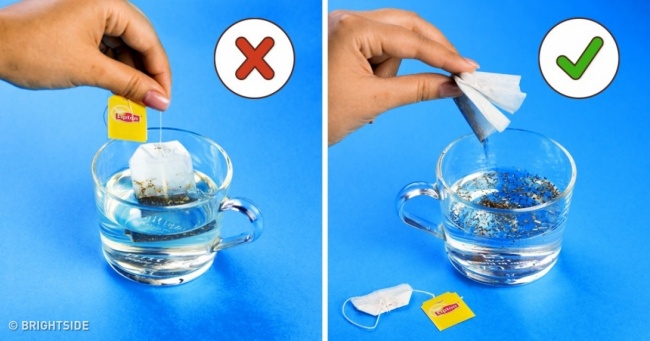
We’re used to thinking everything has its purpose. However, many items we use every day were once used quite differently.
FunnyModo suggests looking into the history of ordinary things to see what purpose they served before becoming what we know them to be.
Coca-Cola
Pharmacist John Pemberton, a veteran of the American Civil War, made a concoction out of kola nuts and coca leaves. He recommended it to soldiers taking morphine for wounds to treat their nervous system. Later, he got a business going with a soft drink but then sold all his shares. The new owners started producing Coca-Cola with coca leaves cleared of cocaine.
Black dress
Up until the 1920s, black clothes were normally worn as a symbol of mourning and for at least 2 years. Then, in 1926, Coco Chanel sewed her famous little black dress, called ’’Chanel’s Ford’’ by Vogue, in memory of her beloved. At first, it was noted by movie divas, and then the dress became popular worldwide.
Karaoke
Daisuke Inoue, a Japanese rock musician, played for visitors of a cafe who wanted to sing in between the band songs. One evening he wasn’t able to be there, so he gave his colleagues a tape recording with his part. Then, in 1971, he invented a machine that played music without the vocals, so the musicians relaxed while the public enjoyed singing to the beat.
Play-Doh
This substance had initially been used to clean wallpaper in houses equipped with fireplaces that accumulated soot. With the emergence of vinyl wallpapers, easily cleaned with a sponge, the cleanser lost its primary purpose. Then a relative of its inventor, a nursery school teacher, gave this putty-like substance to children to play with…and they were overjoyed! Later, the detergent was removed from the substance, replaced with a colorant, and the thing received its modern name: Play-Doh.
Treadmill
The prototype of a modern treadmill was created by Sir William Cubitt in 1818 to do something with idle prisoners, using their muscle power to mill grain. The prisoners held on to a horizontal handrail and walked a sort of endless staircase.
Post-it notes
Dr. Spencer Silver was in the process of inventing a lasting adhesive, but the resulting glue wasn’t strong enough, and objects unstuck with ease. Then his colleague, Arthur Fry, proposed using this adhesive to anchor his bookmarks in his hymnbook. Soon, sticky papers for notes appeared in shops and are still used worldwide.
High heels
In Ancient Egypt, high heels were a sign of the status of high officials who wore high-heeled footwear to religious rituals. This included both men and women. Such shoes were also favored by butchers to avoid walking in blood, while Persian equestrians used high heels to hold on when shooting their bows. In medieval Europe, high heels were a privilege of the aristocracy, becoming more popular later. Finally, in the 20th century, the famous stiletto heels were invented.
Bubble wrap
The famous bubble wrap was invented by engineers Alfred Fielding and Marc Chavannes in 1957. It was initially to become a three-dimensional plastic wallpaper, but the idea didn’t quite work out. Still, the inventors noted that the material could be used for packaging, and soon the patented bubble wrap became indispensable in various areas.
Pillows
In Mesopotamia, pillows were an attribute of wealthy people, while hard headrests were used to keep bugs and insects out of people’s hair and face. In Ancient China, it was believed that soft pillows were useless, while hard headrests made of bamboo, jade, porcelain, wood, or bronze gave strength and protection from demons.
Vaseline
In the mid-19th century, oil field workers constantly fought the waxy substance that accumulated in the oil rig pumps. The British chemist Robert Chesebrough, though, saw an opportunity: he took a part of this ’’petroleum jelly,’’ did some research, and found that it actually had useful properties. As a result, the range of its use in those early years became very broad — from curing wounds to cleaning carpets.
Slinky
Slinky was actually not a kids’ toy initially. Richard T. James, a naval engineer, was once working on a means for suspending sensitive shipboard instruments and accidentally dropped a tension spring that crawled away merrily. That’s when the idea for a children’s toy was born, and soon Slinky appeared in shop windows. James Spring & Wire Company has sold more than 300 million of these toys.
Tea bags
In 1904, Thomas Sullivan, a tea and coffee importer from New York, decided to sell tea with more style by pouring it into silk bags. His customers found the novelty appealing, but for quite another reason: it turned out to be more convenient to brew the tea right in the porous bags. As a result, sales skyrocketed, and the idea became universally popular.
Listerine
Joseph Lawrence invented this antiseptic in 1879 to clean surgical instruments. It was even named after surgeon Dr. Joseph Lister. However, people saw its potential and started using it everywhere: treating wounds, dentistry, curing dandruff and fungi, and even as a deodorant. It became widely popular in the ’20s when the first advertisement came out for Listerine. A girl was turning away from her fiancé with bad breath and asking herself, ’’Can I be happy with him in spite of that?’’
Viagra
Pfizer was developing a cardiac disorder treatment, but the clinical trials showed the new medication was quite useless in this regard. However, an unusual side effect was noted: the substance strongly affected the blood flow in the pelvic region. Thus the famous aphrodisiac was born.
Microwave
Few people know that the microwave oven as we know it was not invented on purpose. A Raytheon employee, engineer Percy Spencer, had been testing radar equipment and noticed that microwaves from an active radar melted a chocolate bar in his pocket. Percy saw an opportunity in this and put some corn onto the magnetron — and it started to pop immediately. That was really the discovery of the century!

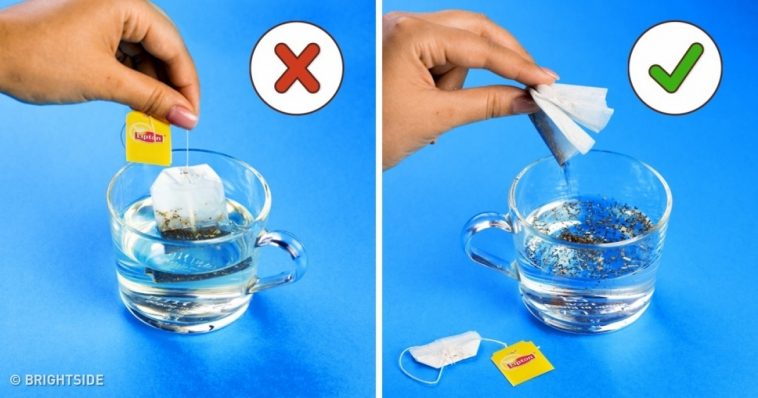

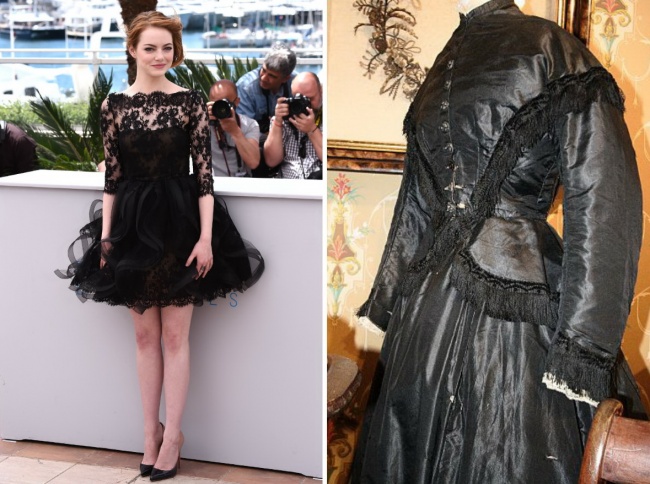

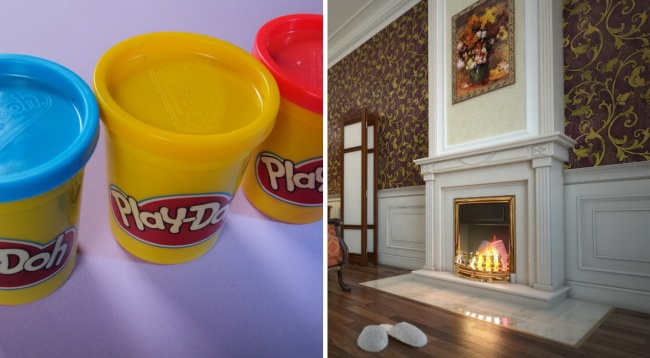
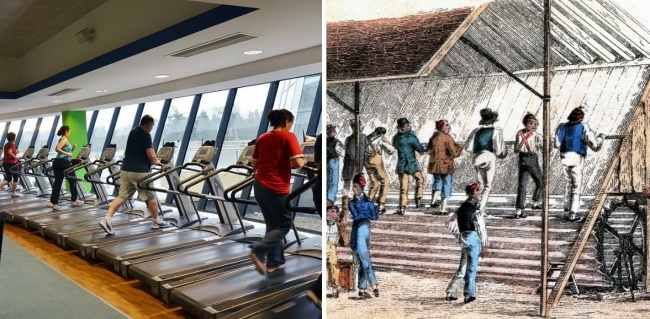
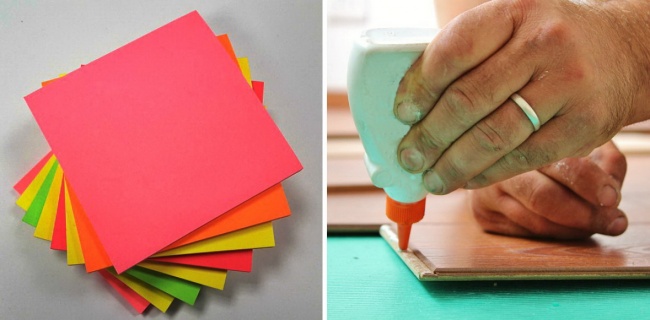

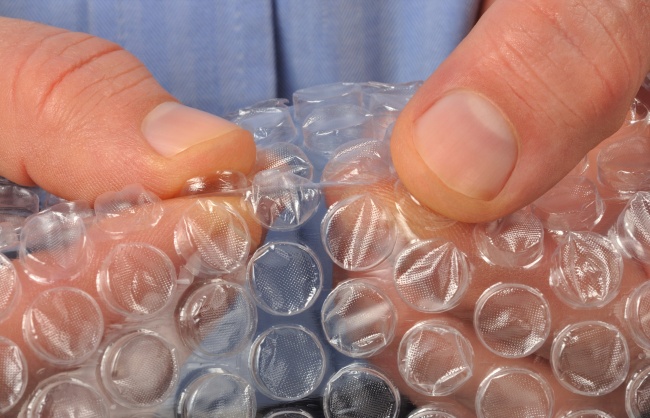
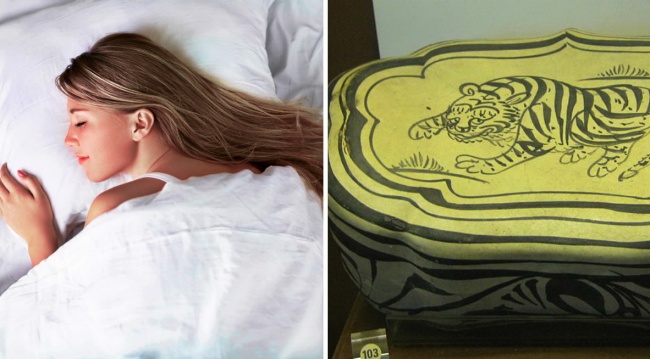
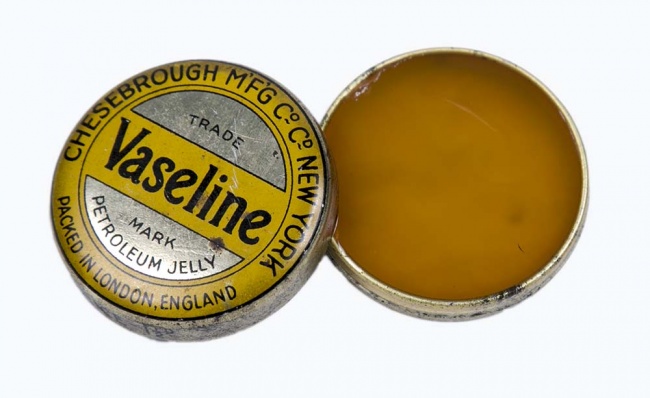
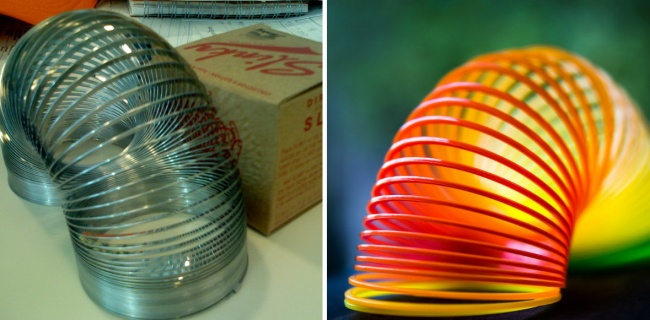

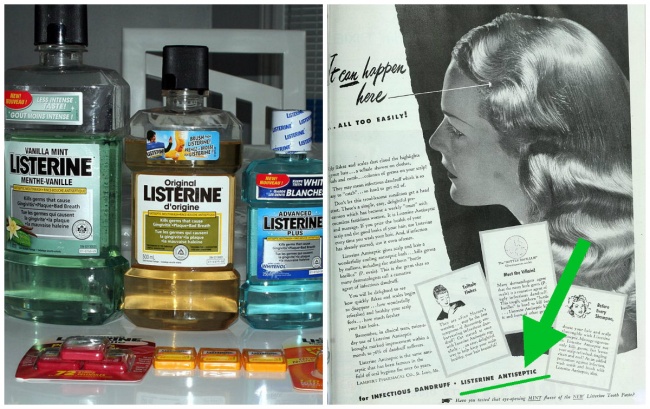




Comments